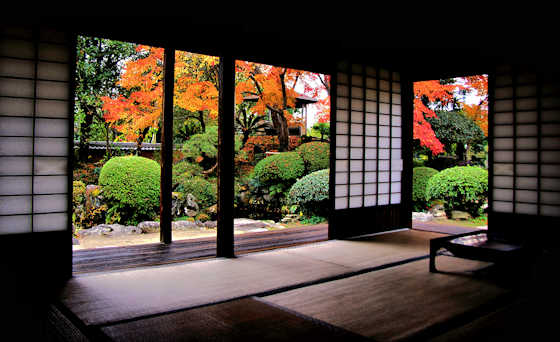Saturday, October 17, 2020
Samurai Gardens of Kitsuki
Thursday, October 15, 2020
The Views From The Kurushima Kaikyo Bridge
The Kurushima Kaikyo Suspension Bridge(s) are the last of the bridges on the Shimanami Kaido, the road that connects Honshu with Shikoku across a series of island-hopping bridges. A post about this amazing structure I posted earlier.
Monday, October 12, 2020
The Biggest Statue of Kobo Daishi
Saturday, October 10, 2020
Kanjizaiji Temple 40 on the Shikoku Pilgrimage
The buildings are all fairly modern reconstructions, though the nio guardians are obviously much older.
Thursday, October 8, 2020
Jizo & Dragons at Taisanji Temple
Tuesday, October 6, 2020
A Walk Across Akiyoshidai
Akiyoshidai, a karst of about 100 square kilometers in central Yamaguchi Prefecture is the largest limestone plateau in Japan.
The surface of the plateau has lots of sinkholes which makes for a very uneven landscape. There are also loads of rock pinnacle sticking up.
In the late autumn when I walked across it there was a lot of Japanese pampas grass growing. It is a very unusual landscape for Japan. It is semi artificial in that every year the dried grass covering the plateau is burned which tends to inhibit the growth of trees and stops the landscape reverting to forest.
Sunday, October 4, 2020
Palace of the Dragon King
Wednesday, September 30, 2020
A Walk Along the Japan Sea Coast Kuromatsu
Saturday, September 26, 2020
Konomineji Temple 86 on the Sasaguri Pilgrimage
Konomoineji is number 86 on the 88 temple pilgrimage in Sasaguri near Fukuoka, but the temples are not arranged in numerical order, so it was actually the 8th temple we visited.





























































